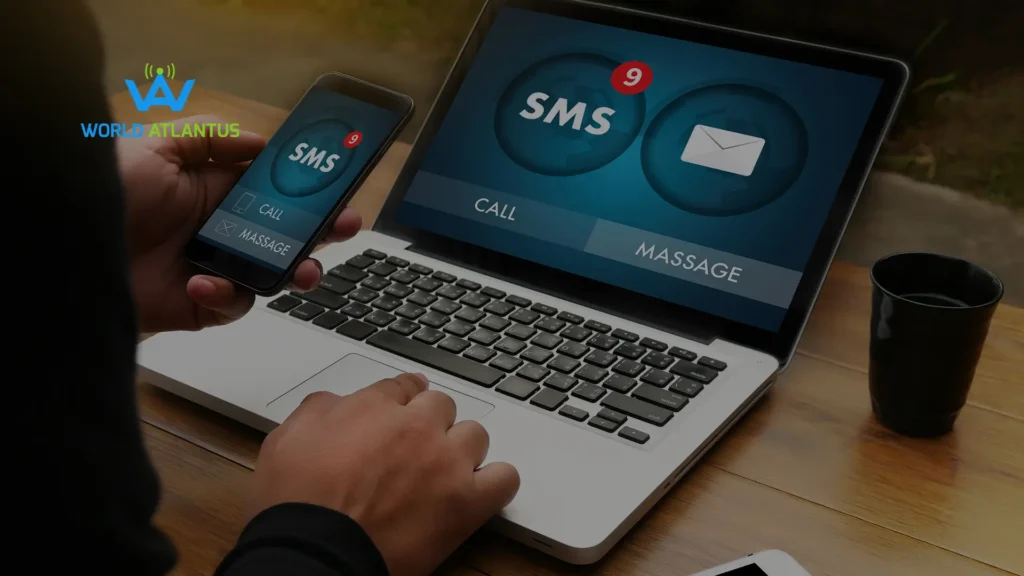
Toll-free SMS or 10DLC: How to choose the right A2P Messaging channel
Within the A2P messaging world, companies and organizations often struggle to determine which type of number delivers the best results. Some may start with the “OG” of messaging—short codes—or newer options like 10DLC, only to later realize those channels may not suit all use cases.
Others discover that text messaging is the best communication method for their business and want to increase volume beyond what’s cost-effective with current numbers. In either case, understanding each channel—including A2P 10DLC registration and Toll-Free SMS—is essential for success in today’s A2P messaging market.
This article focuses specifically on organizations using 10DLC for SMS. If you’ve ever wondered what is 10DLC, it stands for 10-digit long code and is one of the most effective channels for connecting with subscribers, patients, customers, or users. For many, A2P 10DLC registration required is just part of ensuring high message deliverability. However, as volume grows or needs shift, Toll-Free SMS starts to look more attractive.
So how do you know when to move from 10DLC to Toll-Free SMS? Let’s explore.
Five Key Considerations: 10DLC vs. Toll-Free SMS
1. Cost Comparison
The cost structure between these two channels varies significantly. Acquiring a Toll-Free number tends to be more expensive upfront compared to 10DLC, but Toll-Free verification is essentially free. Meanwhile, 10DLC registration incurs fees both initially and monthly per 10DLC campaign.
When performing a cost comparison, companies managing multiple A2P 10DLC campaigns may actually save money by switching to Toll-Free SMS. You can use a cost comparison template to evaluate potential savings.
2. Trust vs. Localization
Toll-Free numbers are widely recognized and trusted—especially when voice-enabled—making them ideal for industries like healthcare. Organizations like Yosi Health use Toll-Free SMS for secure notifications and two-factor authentication, strengthening trust and patient engagement.
Additionally, vanity numbers allow for brand registration visibility, which is useful whether you’re doing brand registration in UAE or California brand registration.
For organizations with a local audience, 10DLC makes sense. It provides localized outreach by using area codes familiar to recipients—important for conversational business texting and community-driven services.
3. Time to Onboard
Verification and registration take time. According to Bandwidth’s research, the lead time difference between 10DLC registration and Toll-Free verification is minimal. Regardless of your choice, planning your A2P messaging platform setup and accounting for onboarding time is crucial.
Organizations like Dental Intelligence benefit from Bandwidth’s support—including tools like the Toll-Free Verification API—to navigate these requirements efficiently.
4. Delivery Reporting
Toll-Free SMS provides handset delivery receipts, confirming that a specific mobile device received the message. 10DLC, however, only provides carrier-level delivery reporting. If you’re sending high-priority messages, this can affect your decision.
Understanding message filtering (such as iPhone message filtering or SQS message filtering) and how each carrier handles delivery is essential for maintaining SMS compliance.
5. Throughput Limits
10DLC has throughput limits based on the specifics of the campaign registration. In contrast, Toll-Free SMS and short codes typically don’t face carrier volumetric limitations. Bandwidth allocates throughput at the account level, ensuring customers can send messages efficiently regardless of other users’ activity.
For companies like MEA Financial, high throughput with minimal carrier delays is essential. A Toll-Free setup allows them to deliver messages quickly without compromise.
Combining 10DLC and Toll-Free SMS for Strategic Messaging
Some enterprises use a blend of channels for optimal outreach. For example, a national brand might use Toll-Free SMS for wide-reaching campaigns while using 10DLC for localized outreach. Others may use short codes for 2FA, and 10DLC or Toll-Free SMS for conversational business texting.
Choosing between short code vs. long code, Toll-Free SMS, and 10DLC depends on your needs, message volume, compliance, and budget. Every business is different, and your A2P messaging services should reflect that.
Whether you need help with A2P messaging compliance, Twilio SMS compliance, carrier fees (including Twilio carrier fees or SMS carrier fees), or TCPA SMS compliance, partnering with the right A2P messaging providers or A2P messaging companies can help navigate challenges effectively.
Final Thoughts
If you’re trying to determine the right mix of messaging options for your business or clients, start by evaluating your use cases, audience, SMS compliance checklist, and budget. Then compare options using a cost comparison definition approach.
Still unsure about what is A2P messaging, 10DLC compliance, or navigating Zoom 10DLC updates? A trusted A2P messaging service provider can help you register your brand, manage compliance, and stay ahead of TCR SMS compliance changes.
Reach out to a Bandwidth messaging expert to build a solution that scales with your business—and ensures you’re messaging the right way.